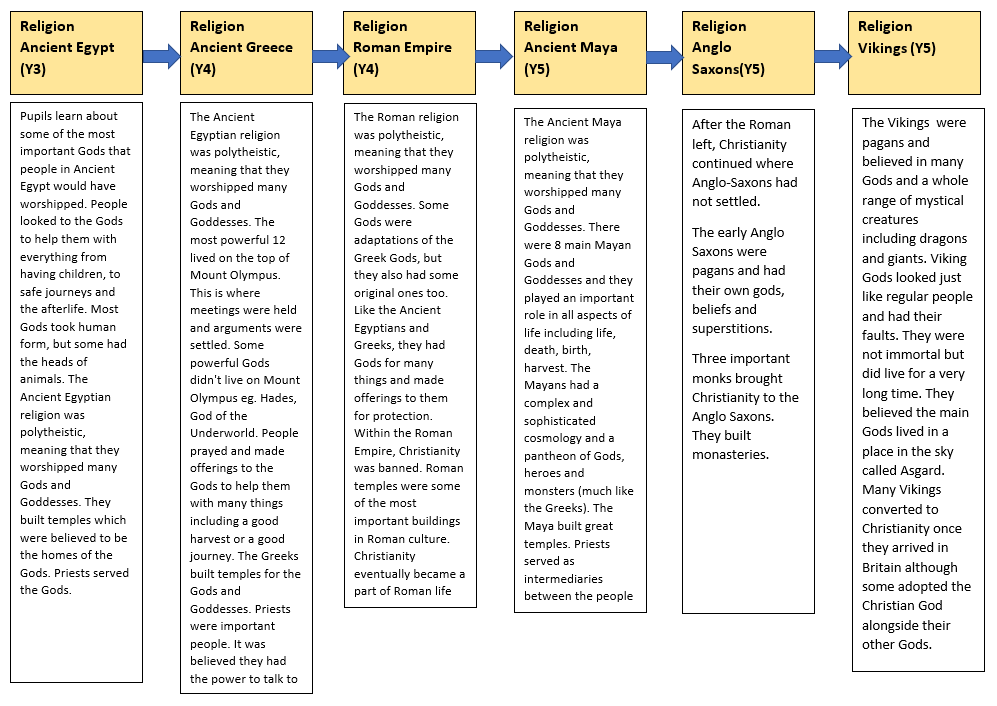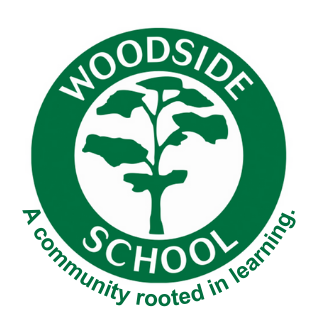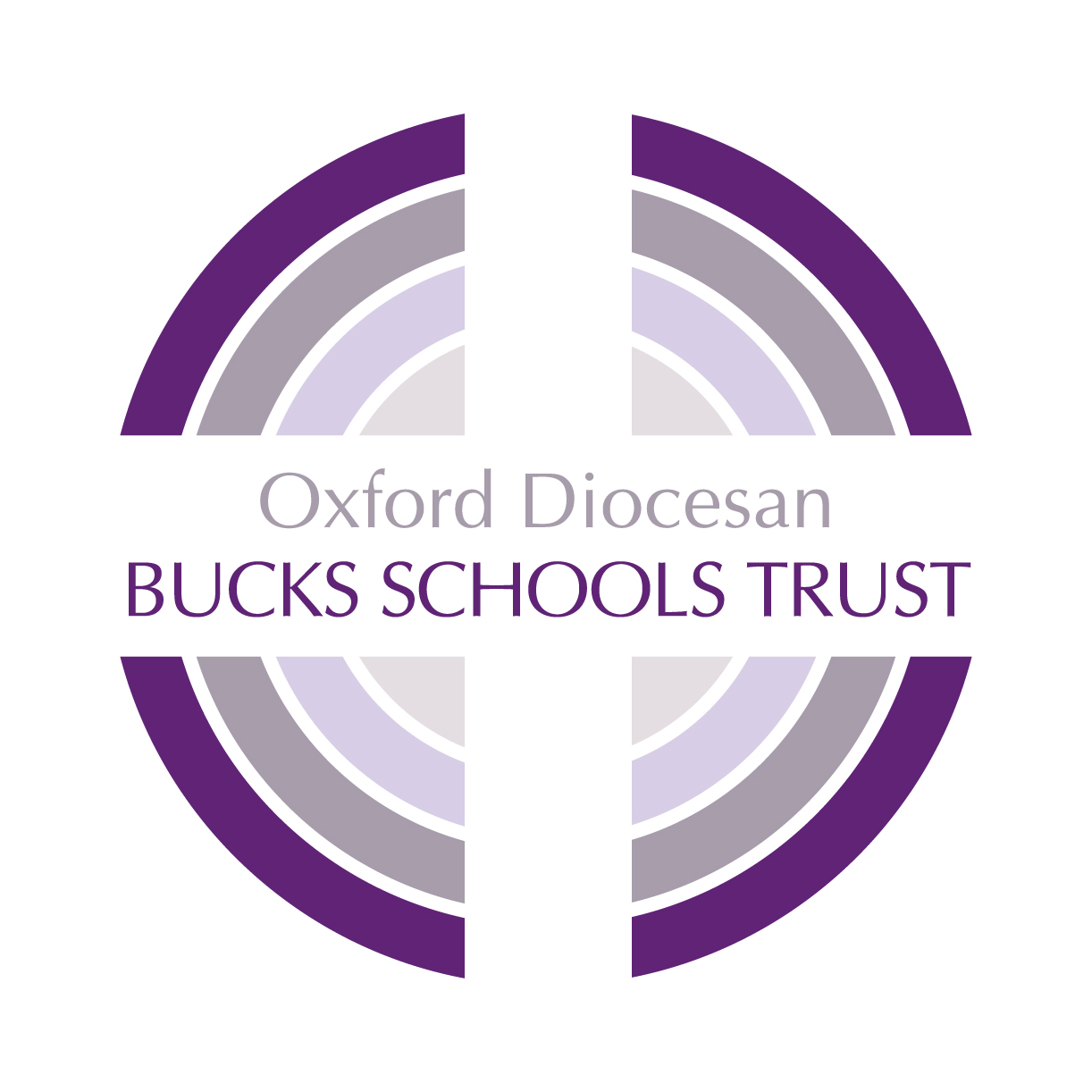History
Intent
At Woodside, our high-quality history curriculum aims to inspire in pupils a curiosity and fascination about history. We want our pupils to know and understand the history of Britain’s past and how Britain has influenced and been influenced by the wider world. Pupils at Woodside develop a chronologically secure knowledge and understanding of British, world and local history. Our units are taught chronologically, and the teaching and revisiting of chronology throughout the school is a fundamental part of our curriculum.
Our curriculum enables our pupils to learn a rich web of knowledge (our substantive knowledge). Our knowledge organisers summarise the key learning and knowledge for each unit. This knowledge and vocabulary has been carefully selected so that links can be made to prior and future learning by pupils and teachers with ease. We aim for all of our pupils to leave Woodside knowing and showing a good understanding of historical terms, including abstract terms such as empire, civilization and democracy. With a strong focus on vocabulary, we encourage pupils to articulate their learning orally as well as communicate their findings through written explanations.
We have carefully mapped out an in-depth skills progression under the areas of: Chronological understanding; range and depth of historical knowledge; historical interpretations; historical enquiry; and organising, communicating and presenting. This is our disciplinary knowledge and this is how our pupils make use of the facts that are learned to analyse, draw trends and make connections.
Our progression of skills develops in pupils the ability to explore and understand historical concepts such as continuity and change; cause and consequence; and similarity, difference and significance and use them to make connections, draw contrasts, analyse trends, frame historically-valid questions and organise, communicate and present their work. Each unit is taught through a series of key questions in order to develop historical enquiry as well as the acquisition of key skills, knowledge, concepts and vocabulary.
Our skills progression ensures that pupils are learning to understand the methods of historical enquiry. They learn how to use and identify primary and secondary sources; make deductions; cross-reference; select relevant information; question the reliability of sources; raise questions; and discern why and how contrasting arguments and interpretations of the past have been constructed. Children make use of independent research both in school and at home in order to extend their knowledge.
Pupils study a range of ancient civilizations including Ancient Egypt, Ancient Greece and Ancient Maya. They also learn about British invaders and settlers from the Romans to Anglo Saxons and Vikings, as well as an in-depth study of WW2 in Year 6. The children also study the history of the local area by looking at, in particular, the impact of the arrival of the railway in Year 3. Work continues in later years to build up a picture of the local area by looking at the Anglo Saxon settlers around the River Misbourne and the impact of World War 2 on the local population. The unit ‘Black British History’ in Year 6 consolidates pupils’ chronological grasp of the long arc of 2000 years, but also allows the pupils to learn about Britain beyond WW2.
For each unit of work, we have identified the key substantive concepts. Examples of these include: society, government, empire, invasion, significant individuals, migration, hierarchy, technological advances, religion. The mapping of these key concepts is a vital part of our curriculum- allowing both teachers and pupils to make links between periods in history. (See example below)

Implementation
Each year group studies either 2 or 3 units of history per year. The content of some units requires pupils to spend longer learning the key knowledge, dates and events in order for the pupils to apply their skills and explore the substantive concepts in more detail, for example Ancient Greece, the Roman Empire and World War 2.
Each unit of work begins with a lesson on chronology and retrieval. For example, ‘Time Boxes’ are filled with photos of key historical figures, moments, artefacts and buildings. The children take these pictures from the box and order them chronologically. This activity stimulates discussion and recall of knowledge from previous units of work.
The first lesson of a unit also includes asking the children to identify and label their prior units of learning on a timeline. The same timeline is used in all classes to ensure consistency and this also links directly to the knowledge organisers. For example, each time the pupils encounter Ancient Egypt, the timeline will be orange. This is to help embed this key knowledge in the pupil’s long-term memories. Our pupils build up and embed a sense of time and gradually understand how civilizations were interconnected and how historical events occurred concurrently in different locations.
Lessons will always make reference to prior learning. Pupils may be given retrieval tasks at the beginning of or during a lesson. We know how important it is for children to have opportunities to recall key facts from their long-term memories. Research reminds us that, “every time already learned material and information is recalled from the long term memory, that memory is changed to make it more recallable in the future.” Staff have been trained to use a variety of retrieval techniques when teaching history to ensure that our pupils leave Woodside with knowledge they require to succeed in KS3.
Knowledge organisers are a key part of our implementation in history. Teachers make constant reference to them in lessons when the pupils are learning new knowledge, vocabulary or recalling prior learning. They are also used for retrieval practice as well as for our assessment at the end of a unit.
Working walls are also consistent across the school. For example, pupils identify vocabulary they are unsure of at the beginning of a unit and also pose their own enquiry questions. Key vocabulary is displayed as well as the key knowledge being taught. There are also timelines in all classrooms.
We make learning memorable or ‘sticky’ by planning interesting and engaging activities. This, again, makes recall easier for the children. Drama, hot seating, handling artefacts or creating a conscience alley are just some of the ways we help to bring history alive, as well as educational visits, workshops and inviting visitors in.
Our history curriculum is challenging for all pupils. Pupils with SEND are included in all lessons. They can access the lessons due to their sometimes hands- on nature and are involved in discussions using pictures to help support. Our skills progression includes the key skills that we want any pupil achieving below KS2 to develop and this helps guide teachers to plan relevant and correctly pitched activities. Teachers also identify the key learning and vocabulary they would like these pupils to know on the knowledge organisers.
Teachers plan opportunities for our more able learners to practice and refine the most complex skills in our skills progression. In some instances, there are also additional skills and these can be found on our skills progression. Teachers plan opportunities for these to be taught and used during lessons. We have also identified the characteristics of more able learners in history. Examples include ‘Enjoy a mystery or paradox and thrive on trying to resolve a puzzle’ and ‘can evaluate or critique work or ideas.’This allows us to both identify our most able learners as well as plan opportunities to stretch and challenge their thinking.
The subject leader is constantly refining the history curriculum. After each unit, they seek feedback from the teachers and make changes where appropriate. The subject lead also completes pupil voice surveys to gauge what the children think of the history curriculum. Knowledge organisers are also shared with governors and parents to help support learning at home.
Each year group studies either 2 or 3 units of history per year. The content of some units requires pupils to spend longer learning the key knowledge, dates and events in order for the pupils to apply their skills and explore the substantive concepts in more detail, for example Ancient Greece, the Roman Empire and World War 2.
Each unit of work begins with a lesson on chronology and retrieval. For example, ‘Time Boxes’ are filled with photos of key historical figures, moments, artefacts and buildings. The children take these pictures from the box and order them chronologically. This activity stimulates discussion and recall of knowledge from previous units of work.
The first lesson of a unit also includes asking the children to identify and label their prior units of learning on a timeline. The same timeline is used in all classes to ensure consistency and this also links directly to the knowledge organisers. For example, each time the pupils encounter Ancient Egypt, the timeline will be orange. This is to help embed this key knowledge in the pupil’s long-term memories. Our pupils build up and embed a sense of time and gradually understand how civilizations were interconnected and how historical events occurred concurrently in different locations.
Lessons will always make reference to prior learning. Pupils may be given retrieval tasks at the beginning of or during a lesson. We know how important it is for children to have opportunities to recall key facts from their long-term memories. Research reminds us that, “every time already learned material and information is recalled from the long term memory, that memory is changed to make it more recallable in the future.” Staff have been trained to use a variety of retrieval techniques when teaching history to ensure that our pupils leave Woodside with knowledge they require to succeed in KS3.
Knowledge organisers are a key part of our implementation in history. Teachers make constant reference to them in lessons when the pupils are learning new knowledge, vocabulary or recalling prior learning. They are also used for retrieval practice as well as for our assessment at the end of a unit.
Working walls are also consistent across the school. For example, pupils identify vocabulary they are unsure of at the beginning of a unit and also pose their own enquiry questions. Key vocabulary is displayed as well as the key knowledge being taught. There are also timelines in all classrooms.
We make learning memorable or ‘sticky’ by planning interesting and engaging activities. This, again, makes recall easier for the children. Drama, hot seating, handling artefacts or creating a conscience alley are just some of the ways we help to bring history alive, as well as educational visits, workshops and inviting visitors in.
Our history curriculum is challenging for all pupils. Pupils with SEND are included in all lessons. They can access the lessons due to their sometimes hands- on nature and are involved in discussions using pictures to help support. Our skills progression includes the key skills that we want any pupil achieving below KS2 to develop and this helps guide teachers to plan relevant and correctly pitched activities. Teachers also identify the key learning and vocabulary they would like these pupils to know on the knowledge organisers.
Teachers plan opportunities for our more able learners to practice and refine the most complex skills in our skills progression. In some instances, there are also additional skills and these can be found on our skills progression. Teachers plan opportunities for these to be taught and used during lessons. We have also identified the characteristics of more able learners in history. Examples include ‘Enjoy a mystery or paradox and thrive on trying to resolve a puzzle’ and ‘can evaluate or critique work or ideas.’This allows us to both identify our most able learners as well as plan opportunities to stretch and challenge their thinking.
The subject leader is constantly refining the history curriculum. After each unit, they seek feedback from the teachers and make changes where appropriate. The subject lead also completes pupil voice surveys to gauge what the children think of the history curriculum. Knowledge organisers are also shared with governors and parents to help support learning at home.
Impact
History is loved by teachers and pupils across the school and they leave here wanting to build on their historical knowledge and understanding in the future. Our skills progression enables teachers to plan to cover all aspects of the history curriculum to the highest level.
We measure the impact of our history teaching in several ways. At the start of the unit, teachers ascertain what the pupils already know through questioning and by referring to prior learning. Where there are gaps in skills, the teachers plan to fill these. Throughout a unit, the teachers use retrieval practice to constantly revisit prior learning and identify any gaps in knowledge and understanding. They will then plan to fill these gaps in later lessons.
At the end of a unit, the pupils are given a quiz or a ‘blanked out’ knowledge organiser. This allows the teachers to assess what the children have learned and remembered. Our pupils are also all given the chance to answer a question in depth at the end of a topic where the children can construct an informed response to an important historical ‘Big Question.’ This gives the children an opportunity to ‘showcase’ their understanding of knowledge, concepts and skills in history and gives teachers the information they need to assess accurately.
The impact of our curriculum is that our pupils leave Woodside with the knowledge and skills they need to be successful in Year 7 and beyond. They leave here with a passion for learning in history, curious to know more.
The Knowledge Organisers that we use with the children can be found on the Year Group Pages.

